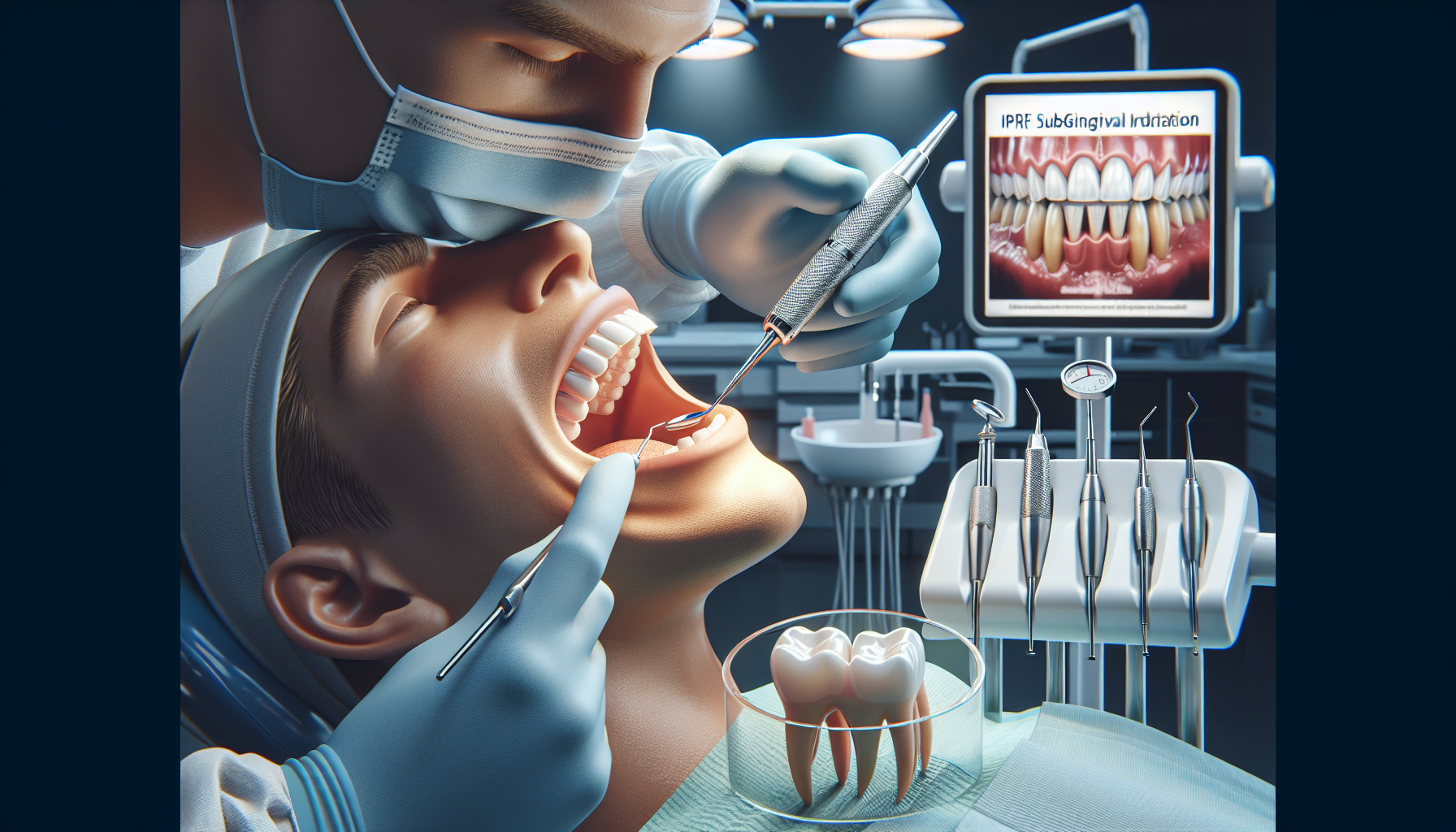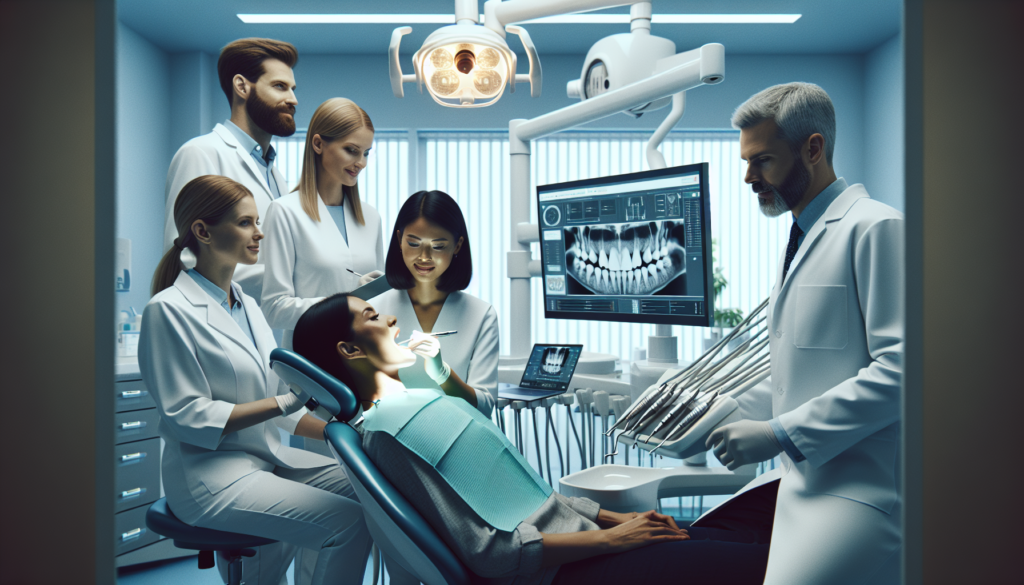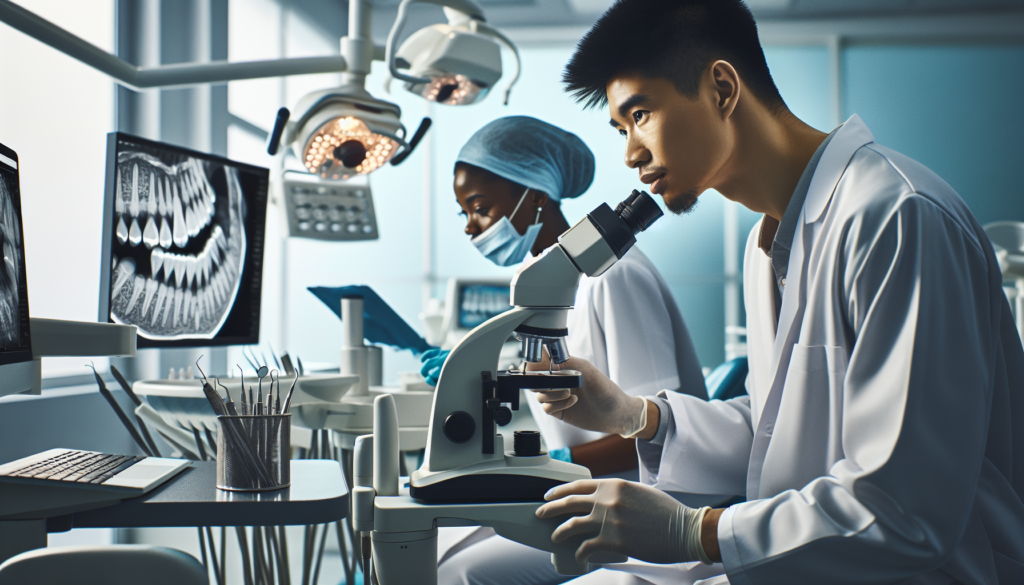iPRF Subgingival Irrigation Boosts Non-Surgical Peri-Implantitis Treatment
True restoration goes beyond teeth — it’s about nurturing confidence, health, and lasting habits. If you’re passionate about building both brighter smiles and stronger life routines, explore deeper principles in The Habit Method.
Introduction
Peri-implantitis is one of the most common biological complications threatening dental implants. This inflammatory condition, characterized by bone and soft tissue loss around implants, can compromise both function and aesthetics if left untreated. The challenge has long been to manage peri-implantitis effectively with minimally invasive therapies while promoting healthy tissue regeneration. One exciting advancement is the use of injectable platelet-rich fibrin (iPRF) administered via subgingival irrigation. Recent clinical research highlights iPRF’s biologic healing benefits, introducing a new dimension to non-surgical peri-implantitis treatment.
What is Peri-Implantitis?
Peri-implantitis is an infection-driven inflammation of the tissues surrounding a dental implant. Over time, it can lead to progressive bone loss if not managed effectively.
- Causes: Bacterial accumulation on implant surfaces and within peri-implant pockets.
- Risk factors: Poor oral hygiene, smoking, systemic health conditions such as diabetes, and a history of periodontal disease.
- Clinical signs: Bleeding on probing, increased pocket depth, and radiographic bone loss.
Traditional approaches rely on mechanical debridement, laser therapy, or antibacterial rinses. While these methods reduce inflammation, they often have limited regenerative capability. Hence, biologically active treatments like iPRF are becoming increasingly significant.
Understanding iPRF (Injectable Platelet-Rich Fibrin)
iPRF is a blood-derived biomaterial prepared by centrifugation at low speeds to preserve leukocytes, platelets, and growth factors. Unlike synthetic products, it is entirely autologous and free from additives, making it biocompatible and safe.
- Biological properties: Growth factors such as VEGF and PDGF stimulate angiogenesis, wound healing, and soft-tissue regeneration.
- Consistency: iPRF remains injectable, allowing for delivery into narrow peri-implant pockets.
- Applications: Beyond peri-implantitis, iPRF is used in periodontal regeneration, sinus lift surgery, and soft tissue augmentation.
Role of Subgingival Irrigation in Implant Care
Subgingival irrigation refers to fluid delivery into the gingival sulcus or peri-implant pockets. Traditionally, chlorhexidine or saline solutions are used. The limitation is that while they reduce bacterial load, they do not promote tissue regeneration. With iPRF, however, irrigation delivers regenerative potential directly into the inflamed peri-implant tissue, supporting healing at a deeper biological level.
Clinical Evidence: iPRF Subgingival Irrigation for Peri-Implantitis
Recent clinical observations demonstrated significant benefits when mechanical debridement was supplemented with iPRF irrigation. Patients receiving iPRF therapy experienced notable improvements compared to conventional treatments.
- Reduced inflammation: Lower bleeding scores and less redness around implants.
- Improved tissue healing: Soft tissue recovery was faster, with better collagen maturation.
- Decreased probing pocket depth: Measurable reductions in peri-implant pocket depth supported implant stabilization.
- Patient outcomes: Patients reported comfort improvements and shorter recovery times.
“Injectable platelet-rich fibrin as a subgingival irrigant provides both antibacterial and regenerative benefits, ultimately improving implant longevity.” — Frontiers in Dental Medicine, 2025
Advantages of iPRF in Non-Surgical Peri-Implantitis Treatment
- Minimally invasive: Treatment is delivered subgingivally without surgical flap access.
- Safe and natural: Since it uses a patient’s own blood, there are no risks of allergic reactions or disease transmission.
- Regenerative capability: Stimulates angiogenesis, reducing inflammation and accelerating tissue repair.
- Practical in dental practice: Preparation is cost-effective and can be easily integrated into routine periodontal protocols.
How iPRF May Shape the Future of Implant Dentistry
As the demand for implant dentistry grows, biologics such as iPRF are paving the way for enhanced patient care. By combining mechanical debridement with regenerative therapies, dentists can tackle peri-implantitis not just symptomatically but holistically, promoting long-term implant health.
- Integration with non-surgical therapies like air-polishing devices and diode lasers.
- Preventive use in patients with peri-implant mucositis before bone loss occurs.
- Potential roles in gingival thickening and peri-implant esthetic zone stability.
Frequently Asked Questions
- Is iPRF safe for peri-implantitis treatment?
Yes. iPRF is autologous, derived from a patient’s own blood, making it biocompatible and safe without immunologic risks. - How effective is non-surgical treatment for peri-implantitis?
While traditional non-surgical methods control inflammation, iPRF enhances healing by stimulating tissue regeneration, leading to better implant preservation. - Can iPRF prevent implant failure?
Early intervention with iPRF reduces progression of bone loss and inflammation, which may significantly lower the risk of implant failure. - Who is an ideal candidate for iPRF therapy?
Patients with peri-implantitis or peri-implant mucositis, particularly those seeking non-surgical treatments, are excellent candidates. - How is iPRF different from PRP?
Unlike platelet-rich plasma (PRP), iPRF is processed without anticoagulants, retains more growth factors, and remains injectable for longer, making it ideal for subgingival delivery.
Conclusion
iPRF subgingival irrigation represents an exciting advancement in the non-surgical management of peri-implantitis. By combining antibacterial effects with regenerative healing, it supports stronger implant stability and improved long-term outcomes. As dentistry shifts toward biologic and patient-centered care, iPRF is set to become a standard adjunct in peri-implantitis therapy.
Healing smiles is more than restoring teeth — it’s about building sustainable habits for health and life. Learn how regenerative strategies in dentistry reflect deeper principles of change in The Habit Method.
Post Disclaimer
DentalUp is for educational purposes only and cannot accept personal dental information such as x-rays, photos, or treatment details. See full disclaimer here.





